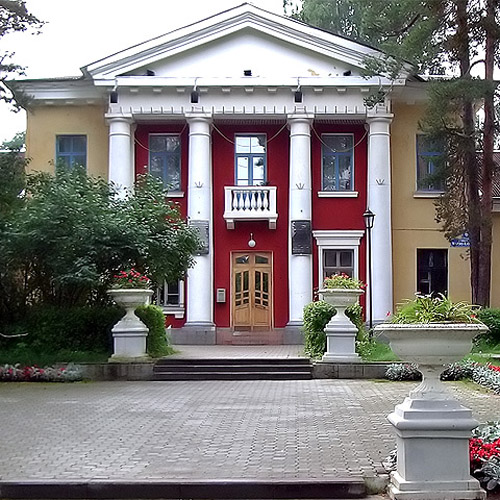Dubnij
105
Db
Skupina
5
Perioda
7
Blok
d
Protoni
Elektroni
Nevtroni
105
105
157
Splošne lastnosti
Vrstno število
105
Atomska teža
[268]
Masno število
262
Kategorija
Prehodne kovine
Barva
n/p
Radioaktivno
Da
Named after the Russian town of Dubna
Kristalna struktura
n/p
Zgodovina
Dubnium was reportedly first discovered in 1968 at the Joint Institute for Nuclear Research at Dubna.
Researchers there bombarded an americium-243 target with neon-22 ions.
In the same year, a team led by Albert Ghiorso working at the University of California, Berkeley conclusively synthesized the element by bombarding a californium-249 target with nitrogen-15 ions.
Researchers there bombarded an americium-243 target with neon-22 ions.
In the same year, a team led by Albert Ghiorso working at the University of California, Berkeley conclusively synthesized the element by bombarding a californium-249 target with nitrogen-15 ions.
Elektroni po lupinah
2, 8, 18, 32, 32, 11, 2
Razporeditev elektronov
[Rn] 5f14 6d3 7s2
The Berkeley team proposed the name hahnium for the element
Fizikalne lastnosti
Faza snovi
Trdnina
Gostota
39 g/cm3
Tališče
-
Vrelišče
-
Talilna toplota
n/p kJ/mol
Izparilna toplota
n/p kJ/mol
Toplotna kapaciteta
- J/g·K
Zastopanost v Zemljini skorji
n/p
Zastopanost v vesolju
n/p

Zasluge za slike: Wikimedia Commons (Hrustov)
The element is named after after the Russian town of Dubna, the location of the Joint Institute for Nuclear Research
CAS številka
53850-35-4
PubChem CID številka
n/p
Atomske lastnosti
Atomski polmer
-
Kovalentni polmer
149 pm
Elektronegativnost
-
Ionizacijski potencial
-
Atomski volumen
-
Toplotna prevodnost
0,58 W/cm·K
Oksidacijska stanja
5
Uporabe
Dubnium is used for scientific research purposes only.
Dubnium is harmful due to its radioactivity
Izotopi
Stabilni izotopi
-Nestabilni izotopi
255Db, 256Db, 257Db, 258Db, 259Db, 260Db, 261Db, 262Db, 263Db, 264Db, 265Db, 266Db, 267Db, 268Db, 269Db, 270Db